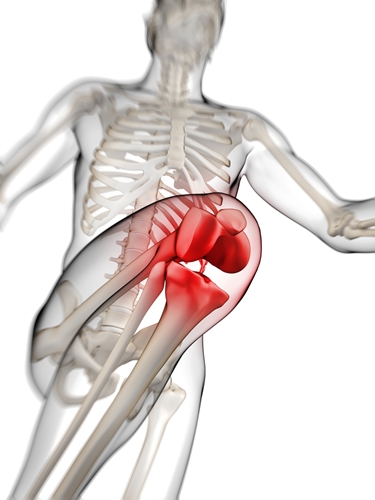Duke researchers use gene therapy to regrow cartilage within the body
Usually, when cartilage has deteriorated through overuse or autoimmune conditions, it cannot be replaced. Orthopedic devices can restore some mobility and decrease discomfort, but those solutions are reactive to symptoms rather than causes. However, a new study from researchers at the Duke University Medical Center could point to organic generation of new orthopedic tissues using the body's own tools.
According to a press release, Farshid Guilak, director of orthopedic research at DUMC, led the study that used synthetic materials as scaffolding around joints upon which genetically altered stem cells would then direct the body to rebuild cartilage. Rather than injecting large amounts of growth factor proteins – the usual engine for stem cell growth – Guilak used modified viruses to instruct the stem cells to produce the connective tissues.
"One of the advantages of our method is getting rid of the growth factor delivery, which is expensive and unstable, and replacing it with scaffolding functionalized with the viral gene carrier," Charles Gersbach, assistant professor of biomedical engineering, told Duke University. "The virus-laden scaffolding could be mass-produced and just sitting in a clinic ready to go. We hope this gets us one step closer to a translatable product."
Guilak and Gersbach have called their new process "biomaterial-mediated gene delivery" for its use of both modified gene therapy and synthetic scaffolding within the body.
One of the main reservations of the project, however, is the level at which the regrown cartilage will perform when compared with the original or artificial versions. New Scientist reported that artificial cartilage that incorporates "molecular brushes" to lubricate joints performs at a higher level than the organic material itself. The issue with artificial cartilage replacements, however, is its yet-to-be-determined ability to withstand the high degree of stress that joint movement can place on it.
Guilak and Gersbach hope that their biomaterials can prove more durable than the artificial variants.



